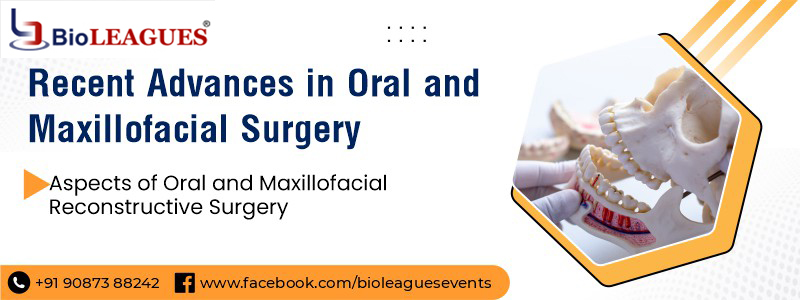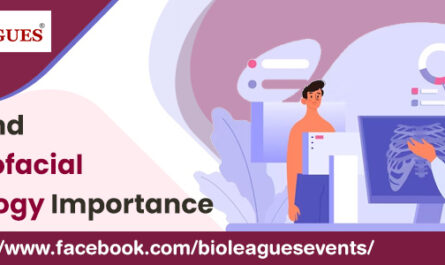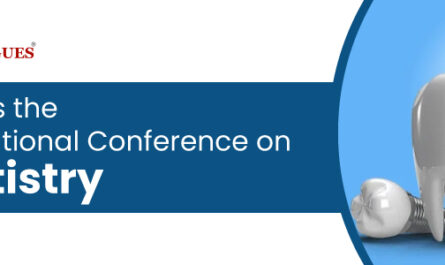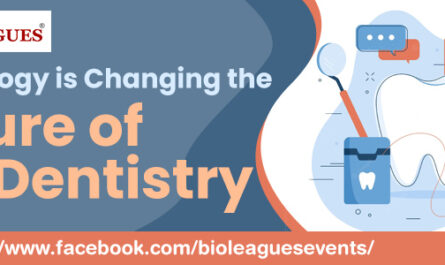Oral & Maxillofacial Surgery (OMFS), which is a specialty in the field of Dental surgery as we know, will is inevitable. The use of new Dental Conference and technological achievements has revolutionized field of oral and maxillofacial Top dental conferences 2024 surgery
With unique training in oral and maxillofacial surgery underpinned by medical and dental science, OMFS surgeons expanded into various specialty areas and now they participate in craniofacial surgery and aesthetic facial surgery. OMFS is, in itself, an integral field that encompasses various clinical techniques and constantly re-creates itself.
Over the past two decades, the field of Oral and Maxillofacial Surgery has grown significantly with various new techniques.
Aspects of Oral and Maxillofacial Reconstructive Surgery
With the rapid development of Upcoming Dental Conference, the science, technology, oral and maxillofacial reconstructive surgery has kept pace with time with the following aspects:
- Transplantation of revascularized tissues
- Bone graft substitutes
- Platelet-rich plasma
- Tissue engineering
- Distraction osteogenesis
- Microsurgery
- Arthroplasty
- Dynamic repair
- Laser surgery &computer-assisted design.
Microvascular tissue transfer was one of the most important stages in the reconstruction of the maxilla & mandible after a ablative tumor surgery. Modern methods using a vascularized composite fibula flap together with dental implants have led to successful rehabilitation in terms of speech, mastication and facial esthetics.
With the help of International Dental Conference, we can broaden tissue engineering, cells, stimulatory factors and scaffold materials which are the three main factors, helps to create various tissues and organs with their forms and functions.
The use of autogenously bone has been considered the gold standard in bone regeneration procedures for many years, but using demineralized tooth graft is able to maintain the autogenously growth factors as per the various studies.
Recently in a Top dental conferences 2024 there was a discussion regarding an innovative medical device (TT Tooth Transformer SRL, Milan, Italy) using patient’s tooth which can process and transform extracted tooth into bone graft material in a short time.
The autogenously demineralized tooth graft contains of BMP-2 and guarantees absolute compatibility with the recipient site.
Applications of 3D printing in medicine and allied fields are quite diverse which includes bioprinting, tissues and organs, creation of customized prosthesis, anatomic models for high risk surgeries.
Depending on the application, appropriate printing technique is selected, like, Fused Deposition Modelling (FDM), Stereo Lithography (SLA), and Selective Laser Sintering (SLS), inkjet bioprinting, extrusion bioprinting and laser-assisted bioprinting.
Dental Conference in 2024 will be useful in maxillofacial surgery include trauma surgery, pathology induced defects, complex temporomandibular joint reconstruction and correction of complicated facial asymmetry.
There is an increasing use of 3-dimensional imaging applications for pre-surgical planning and transfer of oral implant treatment.
Preoperative surgical simulations with 3D models, such as stereo lithographic models, are useful to evaluate treatment plans and to acquire precise representations of the underlying skeletal anatomy of the patient.
Radical improvements in oral and maxillofacial surgery
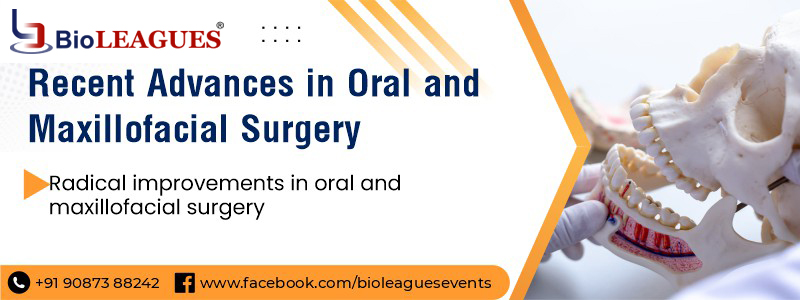
In this digital age Dentistry Conference have also embraced the revolutionary changes that modern computer technologies have brought to our field. From anatomical scans using imaging techniques such as MRI and CT scans, computer-aided design/computer-aided manufacturing to surgical navigation to robotic surgery. Transoral robotic surgery is also gathering steam with the prospects of offering surgeons greater precision, sensitivity and flexibility to overcome challenges associated with conventional approaches.
Computer-aided surgery has gradually become an indispensable part of our modern practice-one with greater accuracy, safety and simplicity & gained acceptance in maxillofacial surgery with application in an increasing range of procedures.
The use of a navigation system for osteotomy and resection in tumor surgery, particularly at the skull base, allows the procedure to be performed more quickly, safely, and precisely. The use of navigation for areas where surgical approaches are difficult and areas requiring anatomical attention provides confidence in the approach. In the near future, the application of computer-assisted surgery is expected to further reduce operative risks and time, accompanied with a considerable decrease in patient stress.
Since the emergence of International Conference on Dentistry brings up the knowledge in endoscopic surgery, it minimally invasive procedures have garnered popularity among surgeons in every discipline. Advantages of the endoscopic approach include shorter operative time, decreased bleeding, decreased pain and provides better surgical access.
In OMFS, arthroscopy of the temporomandibular joint and sialendoscopy are now routinely performed. TMJ arthroscopy an effective and minimally invasive form of surgical intervention for treating TMJ disorders.
Dental Conference is a perfect place to know the new technologies which helps in the diagnosis and treatment of Oral cancers. Positron Emission Tomography / Computed Tomography (PET/CT) is used diagnosis for many types of cancers and detecting lymph node metastases. The Positron Emission Tomography (PET) mainly helps in the diagnosis of squamous cell carcinoma. To conclude OMFS is, in itself, an integral field that encompasses various aspects of science & clinical techniques. A review of recent progress in the field of OMFS reveals the importance of the development of revolutionary concepts and innovative ideas such as functional and minimally invasive surgical approaches as well as the computer-aided surgical techniques. Upcoming Dental Conference is responsible to know the newer advanced techniques which still constantly evolving and we sincerely hope that our special issue keeps up with the waves of change.

